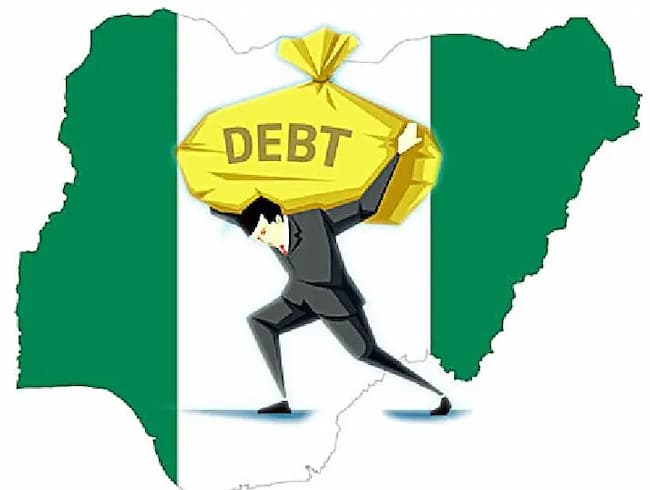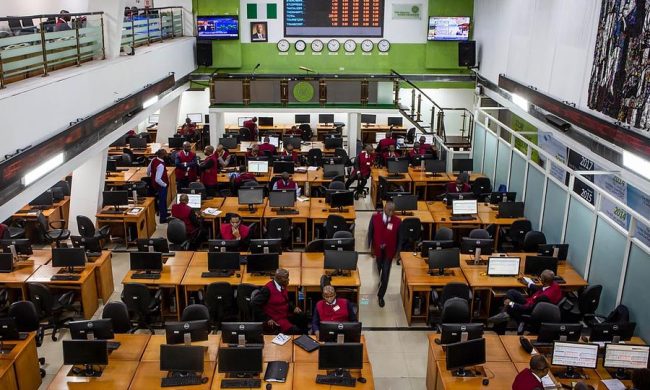At a time when development projections have been drastically altered by a variety of forces, the debt default rate across Africa has given rise to fresh concerns. According to a World Bank study released on Wednesday, Sub-Saharan Africa’s growth is still sluggish and is being held back by the global economy’s uncertainties, the continent’s biggest nations’ poor performance, high inflation, and a dramatic slowdown in investment growth.
African governments must intensify their focus on macroeconomic stability, domestic income mobilization, debt reduction, and productive investments to eliminate severe poverty and increase shared prosperity in the medium to long term in the face of muted growth prospects and growing debt levels.
According to the most recent Africa’s Pulse, the World Bank’s April 2023 economic report for Sub-Saharan Africa, economic growth is predicted to decelerate in this region from 3.6% in 2022 to 3.1% in 2023.
It is observed that as the energy crisis worsens, economic activity in South Africa is predicted to contract even more in 2023 (0.5% annual growth), while the recovery of Nigeria’s economy in 2023 (2.8% growth) is still precarious due to low oil output.
According to estimates, the real gross domestic product (GDP) growth of the sub-region of Western and Central Africa will slow to 3.4% in 2023 from 3.7% in 2022 while that of Eastern and Southern Africa would slow to 3.0% from 3.5% in 2022.
“Weak growth combined with debt vulnerabilities and dismal investment growth risks a lost decade in poverty reduction,” said Andrew Dabalen, World Bank Chief Economist for Africa. “Policymakers need to redouble efforts to curb inflation, boost domestic resource mobilization, and enact pro-growth reforms—while continuing to help the poorest households cope with the rising costs of living.”
As of December 2022, 22 nations in the area were either in or at high danger of experiencing external debt trouble.
Unfavorable circumstances in the world’s financial markets have raised borrowing prices and debt payment expenses in Africa, diverting funds away from urgently needed development investments and endangering macro-fiscal stability.
African economies continue to be constrained by persistently high inflation and slow investment development. While overall inflation seems to have peaked in the last year, it is expected to continue high in 2023, at 7.5%, and to be over central banks’ goal ranges in the majority of nations.
In Sub-Saharan Africa, investment growth decreased from 6.8% in 2010–13 to 1.6% in 2021, with Eastern and Southern Africa experiencing a slower decline than Western and Central Africa.
Notwithstanding these difficulties, the region’s nations are shown strength in the face of several crises. These nations include Kenya, Cote d’Ivoire, and the Democratic Republic of the Congo (DRC), which had growth in 2022 of 5.2%, 6.7%, and 8.6%, respectively.
Due to increased capacity and a rebound in demand internationally, the mining industry in the DRC served as the primary growth engine. Using natural resource riches offers a chance to increase the fiscal and debt sustainability of African nations, but the research issues a warning that this will only be possible if nations implement sound policies and take lessons from the past boom and bust cycles.
“Rapid global decarbonization will bring significant economic opportunities to Africa,” noted James Cust, World Bank Senior Economist.
“Metals and minerals will be needed in larger quantities for low carbon technologies like batteries—and with the right policies—could boost fiscal revenues, increase opportunities for regional value chains that create jobs, and accelerate economic transformation.”
In a time of energy transition and rising demand for metals and minerals, resource-rich governments have an opportunity to better leverage natural resources to finance their public programs, diversify their economy, and expand energy access.
The report finds that countries could potentially more than double the average revenues that they currently collect from natural resources. Tapping these fiscal resources in the form of royalties and taxes while continuing to attract private sector investment requires the right kinds of policies, reforms, and good governance.
Maximizing government revenues derived from natural resources would offer a double dividend for people and planet by increasing fiscal space and removing implicit production subsidies.














